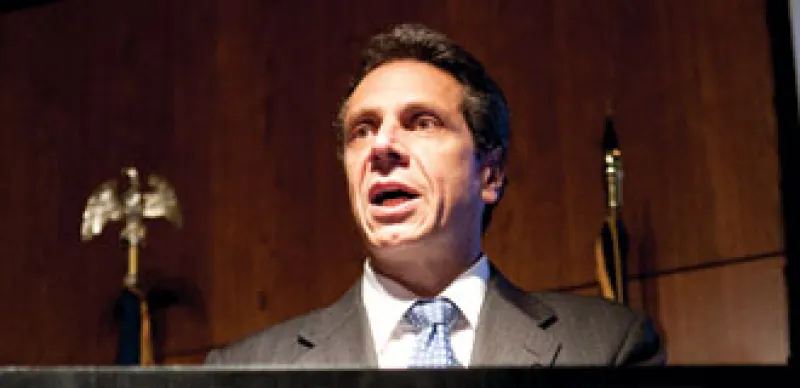
Andrew Cuomo's Subprime Skeletons
NY Attorney General Andrew Cuomo may face tough questions about his own record on the mortgage market.
Michael Shari
March 19, 2010


